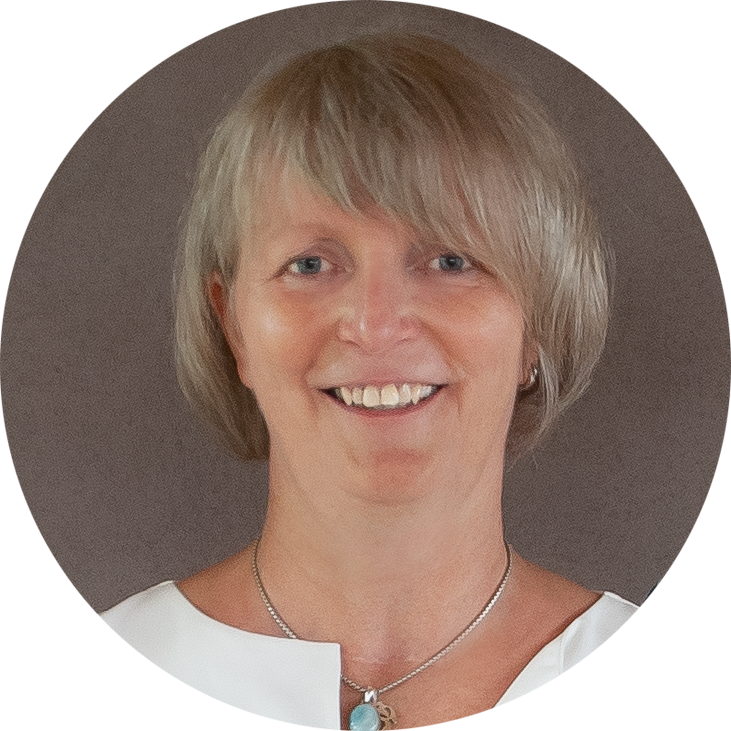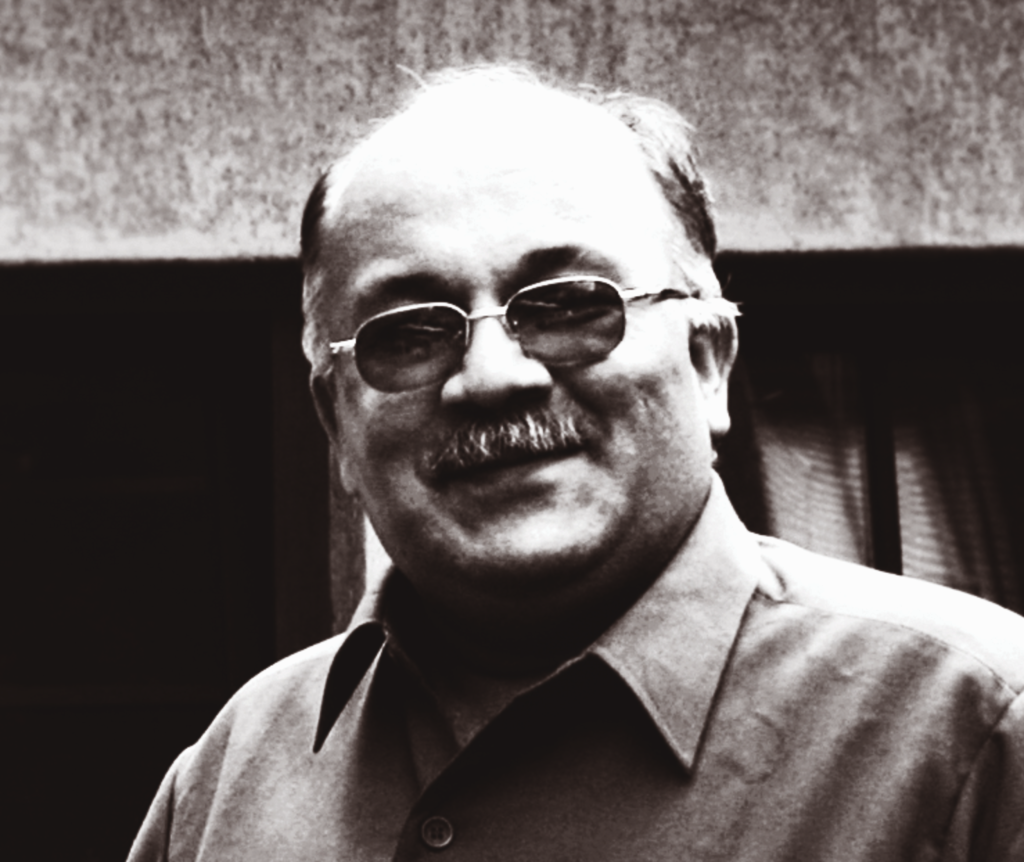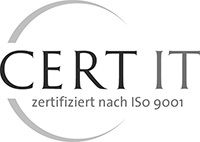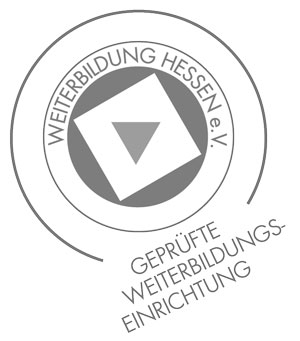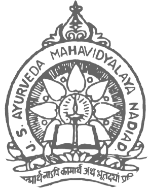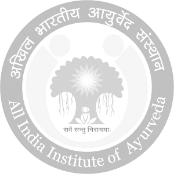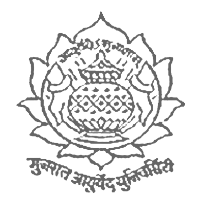To back up these facts, we periodically prepare written documentation on our patients and their feelings and reaction to Ayurvedic treatment. These are self-explanatory to our satisfaction and are published in our monthly magazine.
Now I would like to give an overview of the results that have been observed with our Ayurvedic therapy in different types of cancer (high data volume with 19,000 patients). Scientifically specific statistics have not been compiled, but can be reproduced on request.
- Excellent results (i.e. 40-45%) have been observed in cancers of the breast, brain, lung, cervix, prostate, colon, rectum, U/3 oesophagus and urinary bladder, as well as in N.H.L. and acute leukaemia. - Good results (i.e. 30-40%) were obtained in cancers of the liver, heart, kidney, oral mucosa, tongue, bone and chronic leukemia. - No good results (i.e. less than 30 %): all cancers of the skin, male genitalia, ovaries and eyes, as well as aggressive sarcomas, adenocarcinomas and all cancers with more than two metastatic sites.
To ensure these facts, we publish annual research reports with relevant statistics (available on request).
Limitations:
During our research work (since 1978 till 2007...) on curing cancer through Ayurveda, we also faced some difficulties. The following factors limited our capacities (but not our drive):



